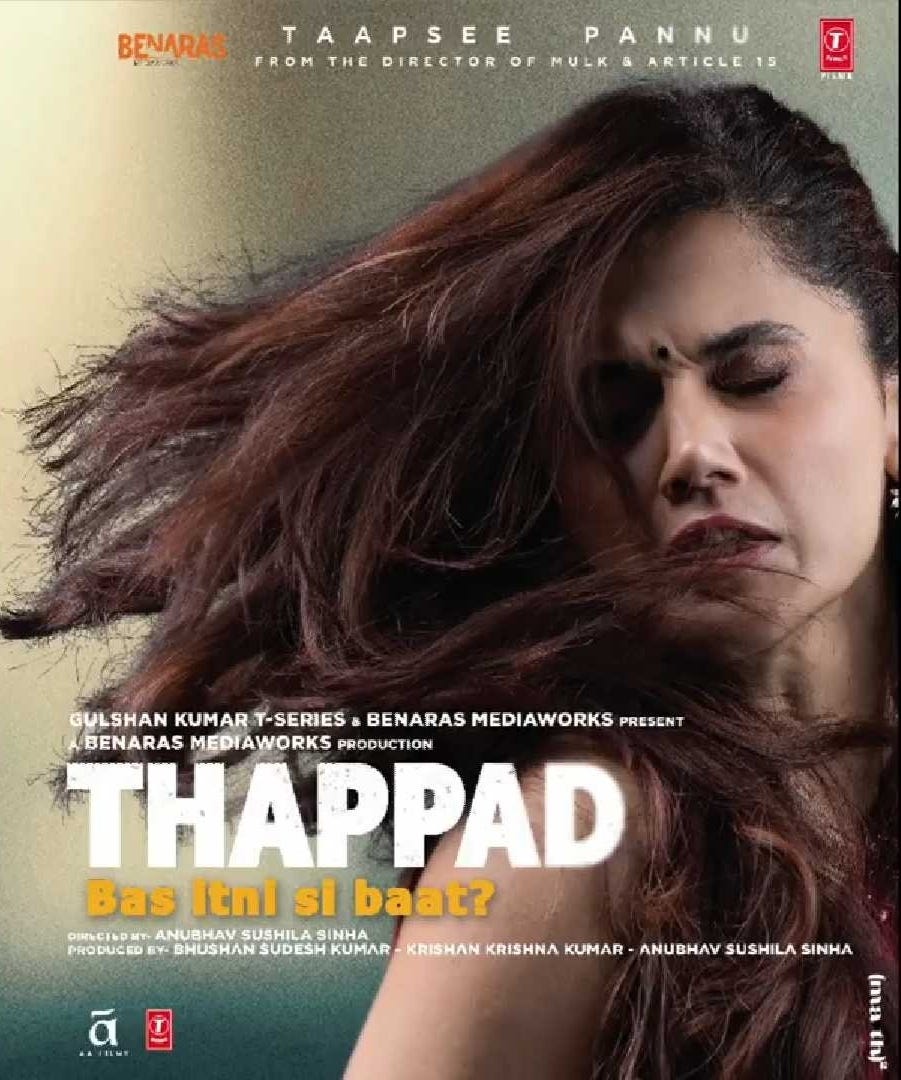Hello everyone!
Feminism, Ecocriticism, Marxism and queer studies are the parts of our syllabus. It’s very interesting to apply all the theories in literature and try to connect with suitable literary text. In this blog I am going to discuss feminism.
Key concepts :-
Definition of feminism
Some of the major ideas
Major writers
Example
So, let’s discuss what feminism is.
As a distinctive and concerted approach to literature, feminist criticism was not inaugurated until late in the 1960s. Behind it, however, lie two centuries of struggle for the recognition of women’s cultural roles and achievements, and for women’s social and political rights, marked by such books as Mary Wollstonecraft’s A Vindication of the Rights of Woman (1792), John Stuart Mill’s The Subjection of Women (1869), and the American Margaret Fuller’s Woman in the Nineteenth Century (1845).
Feminism is a movement to free women from oppressive restraints. Which are these restraints ?
Let’s discuss that one by one
What is the definition of women ?
Definition of cultural identity/identification of women ?
Does a woman enjoy equal rights to men ?
Is patriarchal order dominance responsibles for the weak form of feminism ?
Does any language emerge for women ?
It was Woolf who asked ‘Why is it difficult or impossible for women to write ?
Some of the basic claims :-
1. The basic view is that Western civilization is pervasively patriarchal (ruled by the father)—that is, it is male-centered and -controlled, and is organized and conducted in such a way as to subordinate women to men in all cultural domains: familial, religious, political, economic, social, legal, and artistic.
2. It is widely held that while one’s sex as a man or woman is determined by anatomy, the prevailing concepts of gender—of the traits that are conceived to constitute what is masculine and what is feminine in temperament and behavior—are largely, if not entirely, social constructs that were generated by the pervasive patriarchal biases of our civilization.
3. The further claim is that this patriarchal (or “masculinist,” or “androcentric”) ideology pervades those writings which have been traditionally considered great literature, and which until recently have been written mainly by men for men
Major works :-
Mary Wollstonecraft’s A Vindication of the Rights of Woman (1792)
John Stuart Mill’s The Subjection of Women (1869)
American Margaret Fuller’s Woman in the Nineteenth Century (1845)
Virginia Woolf’s A Room of One’s Own (1929)
Mary Ellmann’s Thinking about Women (1968)
Kate Millett’s Sexual Politics
Judith Fetterley’s The Resisting Reader
Patricia Meyer Spacks’ The Female Imagination (1975)
Elaine Showalter’s A Literature of Their Own
Sandra Gilbert and Susan Gubar’s The Madwoman in the Attic (1979; rev. 2000)
What feminist critics do ?
1. Rethink the canon, aiming at the rediscovery of texts written by women.
2. Revalue women's experience.
3. Examine representations of women in literature by men and women.
4. Challenge representations of women as 'Other', as 'lack', as part of 'nature'.
5. Examine power relations which are obtained in texts and in life, with a view to breaking them down, seeing reading as a political act, and showing the extent of patriarchy.
6. Recognise the role of language in making what is social and constructed seem transparent and 'natural'.
7. Raise the question of whether men and women are 'essentially' different because of biology, or are socially constructed as different.
8. Explore the question of whether there is a female language, an ecriture feminine, and whether this is also available to men.
9. 'Re-read' psychoanalysis to further explore the issue of female and male identity.
10. Question the popular notion of the death of the author, asking whether there are only 'subject positions ... constructed in discourse', or whether, on the contrary, the experience (e.g. of a black or lesbian writer) is central.
11. Make clear the ideological base of supposedly 'neutral' or 'mainstream' literary interpretations.
Examples
Movie ‘ Thappad’

A very interesting movie. The protagonist is Amrita, by profession she was also a housewife by choice. Her husband totally depends on her. Amrita worked like anything for her, She might have thought that her husband respected and cared for her. After months she was slapped by Vikram in front of so many guest and relatives. This one slap broke Amrita. She realizes her own identity. She said, `` Ek Thappad bas itni si baat ? no, women are not about to bear such things. Amrita decided to give divorce to her husband. She started a new life. Women are not suppressed by men.
It's a very fascinating movie. Generally people might think that women are only for pleasure. If she goes against you, you can beat her, because her slave. So this movie is the best example of that kind of mentality.
Before Thappad
After Thappad
So, this one Thappad changed the whole image of Amrita’s life. That thappad was not on her cheeks but that slap was on her existence, her identity, her own thoughts.
Thank you.....


No comments:
Post a Comment